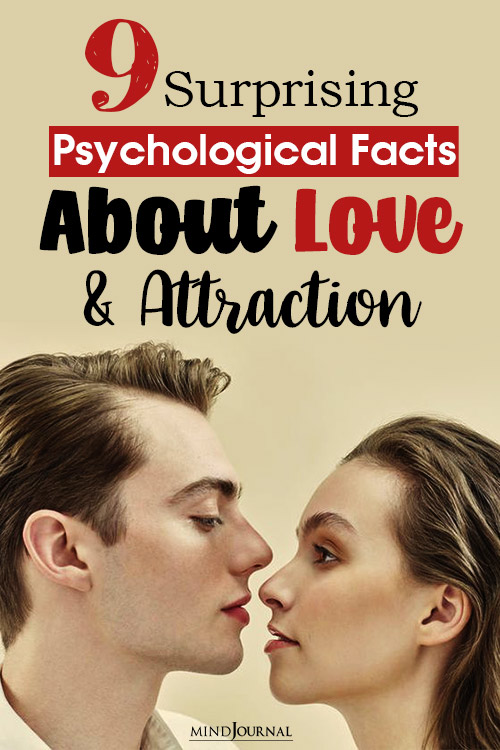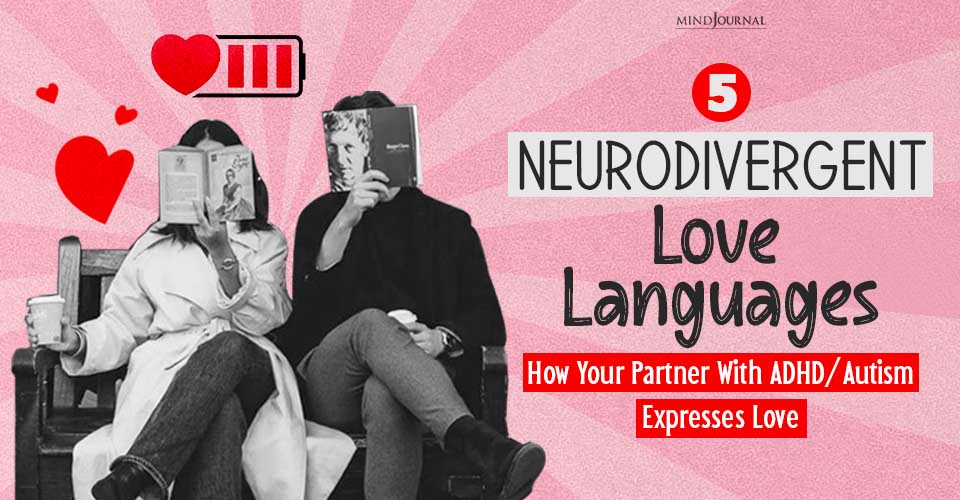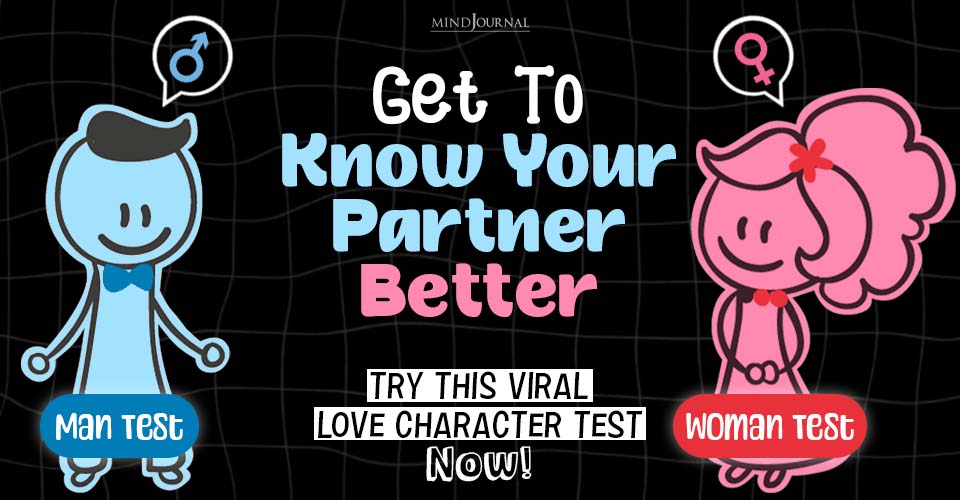Being in love can feel amazing. It is a beautiful feeling that all of us crave and value. While Hollywood may have us believe that love is magical, psychologists have found that love is more complicated than we believe.
In this article, we are going to look at some of the most fascinating psychological facts about love and attraction.
Now let’s take a look at –
10 psychological facts about love that you probably didn’t know about:
1. Love is complicated
What you believe to be the magic of love is actually a combination of lust, attraction, and attachment, which lead to different emotions from pleasure to pain.
According to research by anthropologist Dr. Helen Fisher, the sex hormones testosterone and estrogen regulate our sex drive to motivate us to reproduce more often.
The hormones serotonin, dopamine, and adrenaline control who we get attracted to by regulating our reward behavior in the brain, making us feel exhilarated and excited.
The brain chemicals or neuropeptides – oxytocin and vasopressin – regulate bonding and attachment we share with another person.
Lust initiates the mating process, attraction helps us choose an appropriate mating partner, and attachment enables us to maintain lasting relationships with a reproductive partner for the completion of parental duties. That’s the recipe for love!
2. Love can lower appetite
Are the butterflies in your stomach making it hard to eat? It’s a psychological fact that you don’t feel hungry when in love. During the attraction stage, the happiness hormone dopamine, the love hormone Oxytocin and the stress hormone norepinephrine are released in the brain at high levels.
These chemicals suppress our appetites by making us feel euphoric and skittish. Not only does it make you feel less hungry, it can also result in weight loss and insomnia. That’s why you can’t eat or sleep when you’re in love.
3. Love is an addiction
Research has found romantic love can literally be a natural, and often positive, addiction. Basic social attachment, attraction, and love-related behaviors have been found on a spectrum of addictive motivations.
A 2016 study by Dr. Helen Fisher found that the symptoms of early stages of intense romantic love, such as – euphoria, craving, tolerance, dependence, withdrawal, and relapse – are similar to substance and behavioral addictions
Some researchers believe that romantic love is similar to drug addiction; thankfully the symptoms disappear as the love relationship progresses.
Read also, What Is Love Addiction: 5 Symptoms Of Love Addiction And How To Stop It
4. Being lovesick is a real thing
Are you unable to behave normally when you miss your partner? You just may be lovesick. Being in love can increase the levels of the stress hormone cortisol which can make us feel sick by suppressing our immune function.
Studies even show that couples can influence each other’s mental and physical health and one partner’s health problems can affect the other’s. According to a 2010 study, relationships can actually “affect mental health, health behavior, physical health, and mortality risk”.
5. Love is a pain reliever
Did you know intense feelings of passionate love can help to relieve pain? Although the explanation is a bit complex, feelings of love can increase or decrease our pain perception depending on our individual psychological construct and emotion regulation. Love is related to the functional connectivity of the brain and helps to modulate the pain, explains a 2017 study.
Studies also show that viewing pictures of a romantic partner can also help to relieve pain as the process is associated with neural activations in reward-processing centers.
6. Love is painful
Being broken-hearted is a real feeling and is medically known as the ‘broken heart’ syndrome or stress cardiomyopathy or Takotsubo cardiomyopathy (TCM). It is a short-term heart condition triggered as a response to a severe physical or emotional experience causing reversible cardiac dysfunction. When you are broken-hearted, your heart’s pumping chamber alters its structure affecting its ability to effectively circulate blood. Studies show that the condition is observed widely in young men and women along with elderly postmenopausal women.
Recent research has also found that romantic and sexual activities are also linked to anxiety, depression, externalizing behaviors, eating disorders, poorer treatment outcomes, and suicidal tendencies.
7. Love makes us act silly
Do you find yourself doing things for your crush that you never would have done otherwise? Well, love makes us do dumb and cringy things. Studies have found that we tend to exhibit selective deficits when making decisions about love as such feelings are correlated with activation of the anterior insula in the brain.
Empirical evidence also indicates that high emotional arousal, like being in love, can increase impulsive decision-making and decrease rational behavior, leading to some embarrassing, regrettable, and bad decisions in a new relationship.
8. Love boosts your well-being
Love makes us happier. Studies have found that romantic relationships are closely associated with our overall happiness, well-being, and the absence of symptoms of illness. Research shows that relationship satisfaction can moderate our health and happiness.
Love also motivates us to pursue self-development goals, new interests and develop personality traits that are more suitable for our partner. One study also found that the beginning of a relationship can cause increased self-esteem; however, a breakup can decrease our self-esteem.
9. Love can last forever
Although the “honeymoon phase” of a relationship is believed to be the most exciting stage, you can still be crazy about your partner even after decades of being together. Studies have found that couples who have been married for over 2 decades have the same level of dopamine-related activity in the brain as couples in a new relationship. In fact, the longer a relationship lasts, the more the connection grows.
Studies show that the state of love is “fairly stable” as long-term relationships can have sustained reward-value and involve brain systems implicated in attachment & pair-bonding.
Love occurs more in the brain than in the heart.
Read also, 10 Ways to Master the Art of Making Love Last
Here are some more riveting psychological facts about love and attraction –
- Research shows that falling in love only takes about a fifth of a second.
- Being in love suppresses negative emotions and our ability to be critical of our partner, making us “blind in love.”
- The hormone adrenaline causes the feeling of having “butterflies in the stomach” by triggering our flight-or-fight response when we are in love.
- Couples’ heart beat rates begin to synchronize when they’re in a loving relationship.
- Romantic partners tend to perceive their relationship in a positive bias, known as positive illusion, which reduces the risk of a breakup.
- We are more likely to be attracted to people who are at the same level of physical attractiveness or are equally socially desirable as we are.
- Attraction is driven not only by physical appearance but also by body odor and the voice of a person.
- Reminders of love promote creative thinking while reminders of sex trigger concrete & analytical thinking.
- We give more value to an attractive face than an attractive body when seeking a partner for a long-term relationship.
- Being grateful about our partner can improve positive emotions towards them & improve our relationship.
Now you know about the psychology of love and attraction.
Although love originates in the brain, it is nourished in our hearts and sustained by continuous effort.
So make sure to express your love for your partner and enjoy the blessings of a healthy, loving relationship for years to come.
Want to share your wisdom with the world? Let us know about your thoughts and experiences in the comments section below.
Resources:
http://www.helenfisher.com/downloads/articles/10lustattraction.pdf
https://pubmed.ncbi.nlm.nih.gov/12238608/
https://www.ncbi.nlm.nih.gov/pmc/articles/PMC4911849/
https://pubmed.ncbi.nlm.nih.gov/27379474/
https://www.ncbi.nlm.nih.gov/pmc/articles/PMC2896234/
https://www.ncbi.nlm.nih.gov/pmc/articles/PMC5545613/
https://www.ncbi.nlm.nih.gov/pmc/articles/PMC2954158/
https://www.ncbi.nlm.nih.gov/pmc/articles/PMC5378292/
https://www.ncbi.nlm.nih.gov/pmc/articles/PMC4861725/
https://www.ncbi.nlm.nih.gov/pmc/articles/PMC5031705/
https://www.ncbi.nlm.nih.gov/pmc/articles/PMC5549103/
https://www.ncbi.nlm.nih.gov/pmc/articles/PMC3150158/
https://www.ncbi.nlm.nih.gov/pmc/articles/PMC6333523/
https://www.ncbi.nlm.nih.gov/pmc/articles/PMC1995104/
https://www.ncbi.nlm.nih.gov/pmc/articles/PMC4800929/
https://www.ncbi.nlm.nih.gov/pmc/articles/PMC3494752/
https://www.ncbi.nlm.nih.gov/pmc/articles/PMC4222039/
https://www.ncbi.nlm.nih.gov/pmc/articles/PMC4358847/
https://pubmed.ncbi.nlm.nih.gov/22343127/
https://www.ncbi.nlm.nih.gov/pmc/articles/PMC7111418/
https://www.ncbi.nlm.nih.gov/pmc/articles/PMC3277362/
https://www.sciencedaily.com/releases/2010/10/101022184957.htm
https://www.ncbi.nlm.nih.gov/pmc/articles/PMC6336892/
https://pubmed.ncbi.nlm.nih.gov/19690153/











Leave a Reply